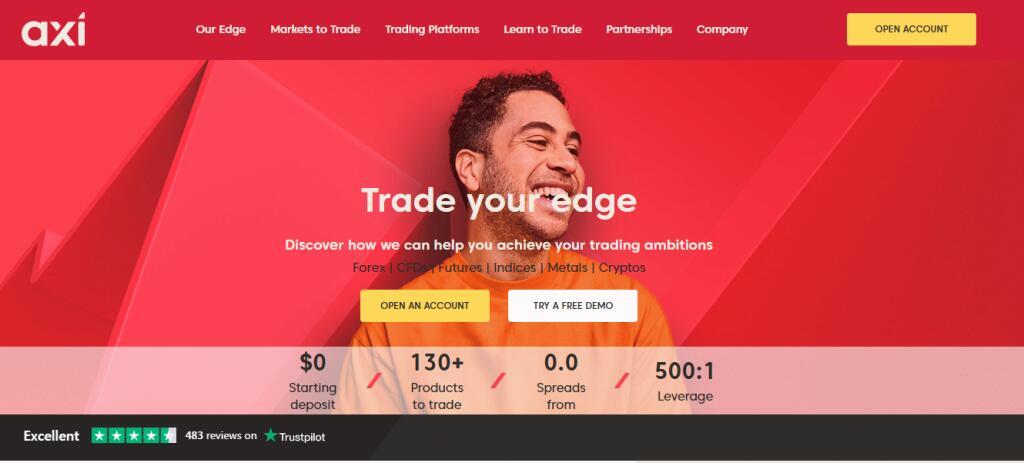
The customer is getting money from the manufacturer that made the product. To the dealership, this is a reduction in the wholesale purchase price of the car. In this case, the reduction also reduces the depreciation cost of the car. Accounting for vendor rebates can be streamlined and efficient with the aid of what is a contra account and why is it important rebate management software. Your business can continue to offer incentives to drive sales without having to worry about how to account for, reconcile, and report rebates because the software will do it for you. A rebate is a payment back to a buyer of a portion of the full purchase price of a good or service.

For example, you may earn a quarterly rebate based on overall spend with a given supplier, but that supplier might only pay that rebate at the end of the year. In simple terms, a rebate accrual is the expectation of income at a later date. Often, the rate at which you earn rebates differs from the rate you receive them. For example, you may earn rebates quarterly, based on your volume of purchases from a certain supplier. Discount is allowed when the payment is made in time, whereas rebate is allowed when the full payment is made to the seller for purchases. … Discount is given for each item purchased by the customer; however, the rebate is given as a deduction in the list price provided the required conditions are satisfied.
Accounting for Purchase Discounts – Entry, Example, and More
In case the rebate arrives after you’ve entered the gross amount, it should be recorded as a discount at that time. This is a well-known sales promotion strategy and hits the demand side of any product. Discount and rebate are commonly used terms in today’s dynamic markets, especially in the e-commerce world. Rebates and discounts are distinct forms of price cuts that directly or indirectly promote the overall sales of a business. Both the terms may sound similar, however, there is some difference between discount and rebate. Of course, there are very serious consequences if rebates are mishandled, and profits are over or under-stated.
- For example, a supplier may offer rebates only to businesses that make purchases of $50,000 to $100,000 during the rebate agreement life.
- Similarly, if bonds are sold short, any interest paid on the borrowed bond must be forwarded to the lender.
- In some instances, rebates are offered only when a certain purchase volume has been met.
- The Federal Reserve Board’s Regulation T requires that all short sale trades must be placed in a margin account.
- The same can be said for suppliers, where profits would appear far higher until the previously unaccounted for rebate payments were made at the end of the trading period.
If the company does not avail of a trade discount, the subsequent journal entry would be to Debit – Accounts Payable and Credit – Cash/Bank. 3/15 net 30 would mean that the company will get a 3% trade discount if the payment is settled within 15 days. However, if the payment is not settled within 15 days, the full amount will be due at the end of 30 days. There are also end-user rebates, also known as indirect customer rebates. In this case, the customer needs to apply for a rebate through the supplier's website or by other means that don't involve the vendor.
Any inventory-related rebate your company receives should not be recorded until receipt is likely. Once this occurs, the rebate should be recorded as a reduction in the cost of the inventory. If the rebate does not arrive when it’s expected to, it should be recorded as the gross amount.
Managing accruals in rebate accounting
This content is for general information purposes only, and should not be used as a substitute for consultation with professional advisors. The mail-in rebate is https://online-accounting.net/ one of the most familiar types of consumer rebates. She has run an IT consulting firm and designed and presented courses on how to promote small businesses.
Apostle Accounting: Hundreds face tax demands in rebate scandal - BBC
Apostle Accounting: Hundreds face tax demands in rebate scandal.
Posted: Fri, 28 Apr 2023 07:00:00 GMT [source]
Rebate accounting must be performed properly to ensure the accuracy of financial statements. If balance statements and sub-ledgers are off, then business decisions are affected and audit concerns may be raised. Errors in balance sheets can lead to negative impacts for the following year and create a domino effect of adverse outcomes. Instead, you have to still record unclaimed rebates as you would do so for claimed rebates. A rebate card is a debit card that provides funds promised by a business as a rebate.
How do you record rebates in accounting?
When a short seller borrows shares to make delivery to the buyer, the seller must pay a rebate fee. This fee depends on the dollar amount of the sale and the availability of the shares in the marketplace. If the shares are difficult or expensive to borrow, the rebate fee will be higher. In order to do that, the trader must first borrow the stock from its owner and deliver it to the buyer. When the trader places a short sale trade, the stock must be delivered to the buyer on the trade settlement date. Adam Hayes, Ph.D., CFA, is a financial writer with 15+ years Wall Street experience as a derivatives trader.
Tourism ministry defends cash rebates for film industry, says last few ... - Malta Independent Online
Tourism ministry defends cash rebates for film industry, says last few ....
Posted: Tue, 22 Aug 2023 07:00:00 GMT [source]
The rebate option will give the buyer more immediate cash in hand, but a lower interest rate can provide more significant savings in the long run. Typically, the vehicle manufacturer pays for the rebate rather than the dealer. The manufacturer gives money to the dealer, who then transfers it to the consumer. From an accounting perspective, it can be seen that when the purchase is made (and the invoice is generated), the journal entry to record this transaction is Debit – Purchases, and Credit – Accounts Payable. Among the other advantages of using business accounting software, using an accounting software package can greatly simplify accrual accounting.
Paying the Rebate to Vendor
Tesco is probably the most famous in the UK, where profits were overstated by over £250m and the Serious Fraud Office was brought in to investigate. In fact, in industries where rebates are an important part of normal trading, the rebate accountant is often the key to having a true picture of your profits and losses. In some instances, the brokerage firm will force the short seller to buy the securities in the market before the settlement date. A brokerage firm may require a forced buy-in if it believes that the shares might not be available on the settlement date. Reduced interest rates, by contrast, lower the monthly payments on large purchases such as vehicles.
There is no discount to COGS, and the coupon only reduces revenue if it is used at a later purchase. Until the coupon actually reduces a sales price, it isn't accounted for on the books because there is no guarantee it will be used. Manually accounting for rebates also becomes hard to scale because people only have so much bandwidth. Couple that with the fact that your accounting team is also managing a million other things, and you’ll quickly see that a financial automation tool is needed.
- They are short $5,000 worth of stock and are therefore required to maintain a balance of 50% more than that, or $7,500.
- If you do this manually and across spreadsheets, you run the risk of missing data or misplacing information that you need.
- A good rebate management system should provide automated alerts to flag up the opportunities that are easily missed in a manual accounting system.
- When a short seller borrows shares, the seller or the seller's broker might pay a rebate fee with interest to the lender of the shares.
- Essentially, the rule is that a coupon gets recorded as revenue reduction only when it is used.
The same can be said for suppliers, where profits would appear far higher until the previously unaccounted for rebate payments were made at the end of the trading period. As touched on with managing rebate in stock, rebate can only be released to the P&L when stock has been sold to a customer. This means companies must track products to agreements and stay on top of sales data to ensure it is matched properly. This process can be hard to manage when large volumes of rebates are being received at one given time and products are regularly being moved through supply chains.
This condition makes sense because a rebate is intended to increase the volume of purchases. A rebate is a retroactive payment back to a buyer of a good or service. After the sale has been made, the rebate lowers the full purchase price by returning either a lump sum or percentage of the sales price back to the buyer. At the same time, we will cover the common challenges that rebate accounting can cause.
We’ll cover both types below so that your rebates accounting entry can be recorded accurately. However, the company could benefit by paying less to its suppliers for the same products or services that it purchases. This treatment is equitable and is in accord with that generally followed by other governmental programs and third-party payment organizations paying on the basis of cost. In accrual basis accounting, income is reported in the fiscal period it is earned, regardless of when it is received. Expenses are deducted in the fiscal period they are incurred, regardless of when they are paid. In other words, you record both revenues—accounts receivable—and expenses—accounts payable—when they occur.

Rebate automation software collects information from business systems to manage rebates in real-time. It can be used to model and forecast, calculate rebates, track rebates, process rebates, and analyse rebates. Without reporting, analytics, and forecasting, you may be privy to errors when trying to manage accruals in rebate accounting. Therefore, to set that off, trade discounts are offered which incentivizes buyers of a certain product to pay early, at a cheaper cost.
A rebate is a portion of the purchase price of a product or service that a seller gives back to the buyer. Unlike a discount, which is deducted from the purchase price at the time of sale, a rebate is a refund a purchaser applies for after paying for a product or service. Rebates are tricky to classify when it comes to a company's accounting. These sales incentives may be offered by the supplier and can be issued as a price reduction or marketing expense.
